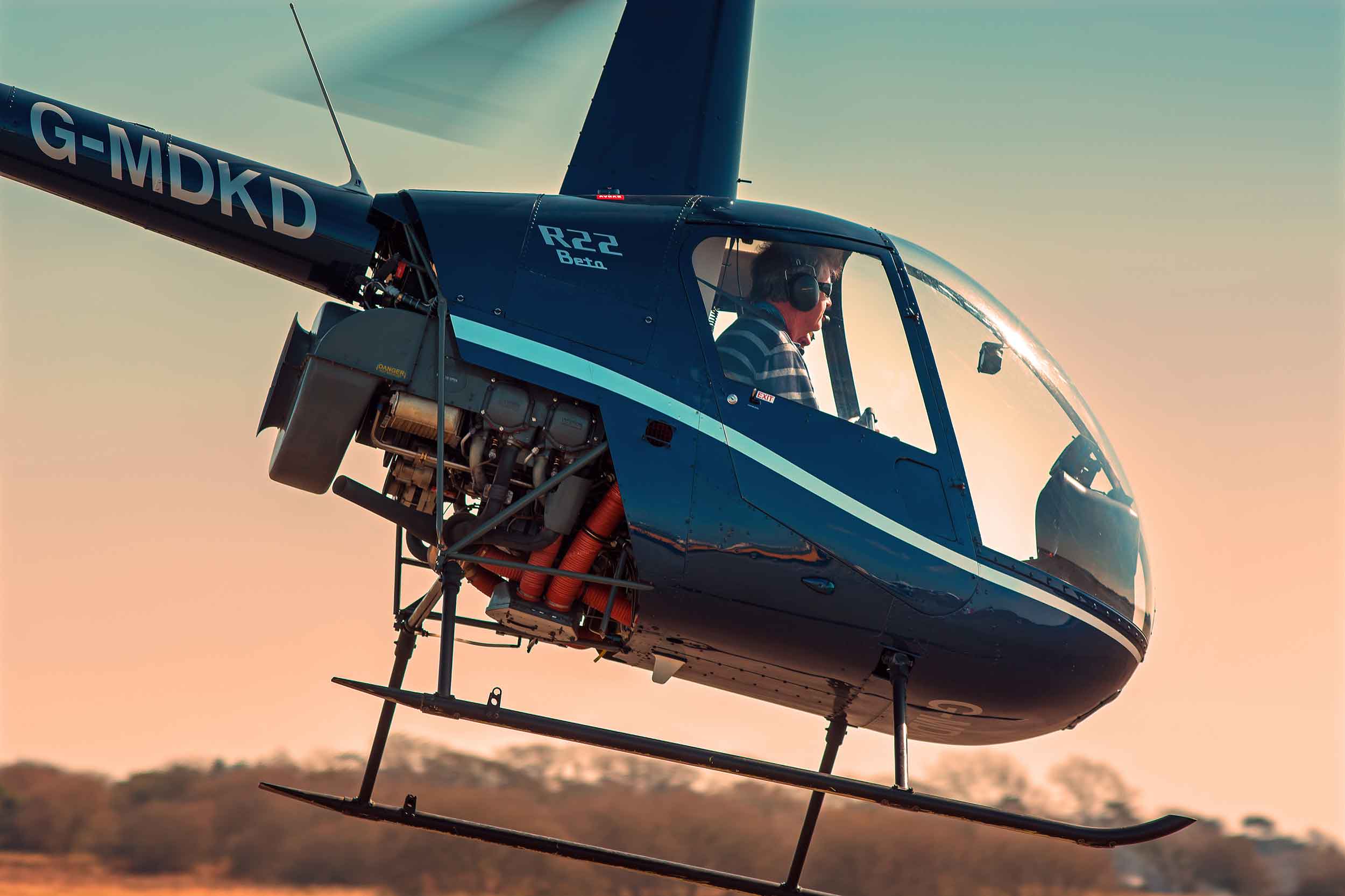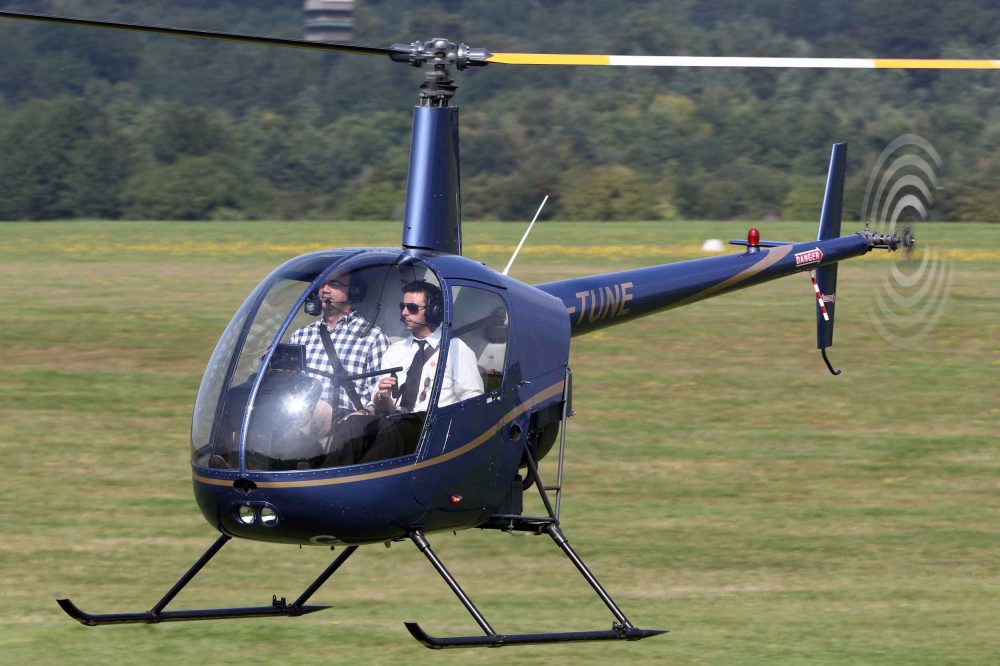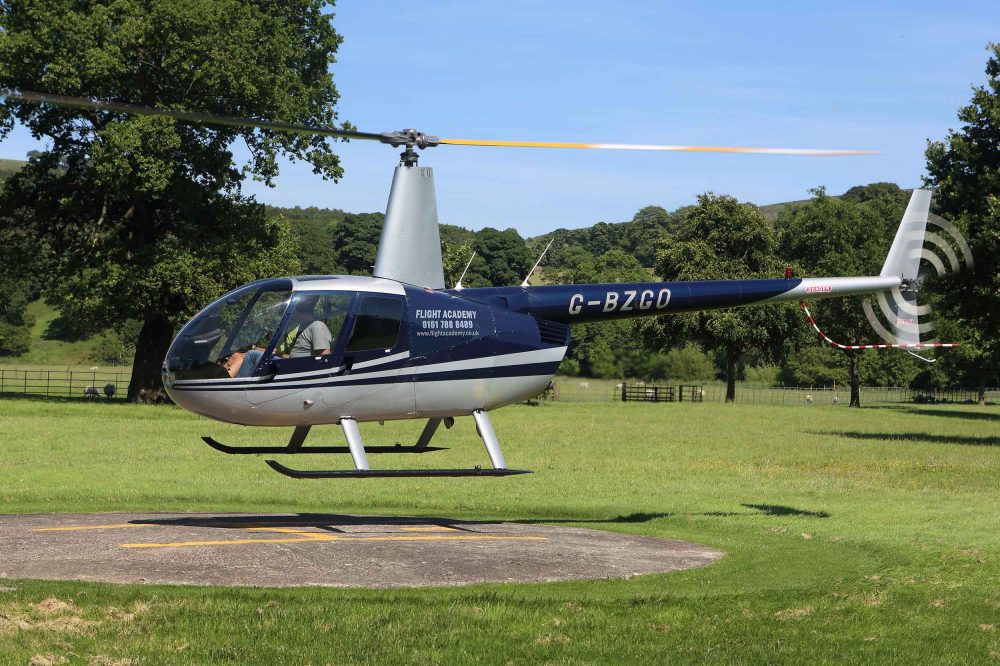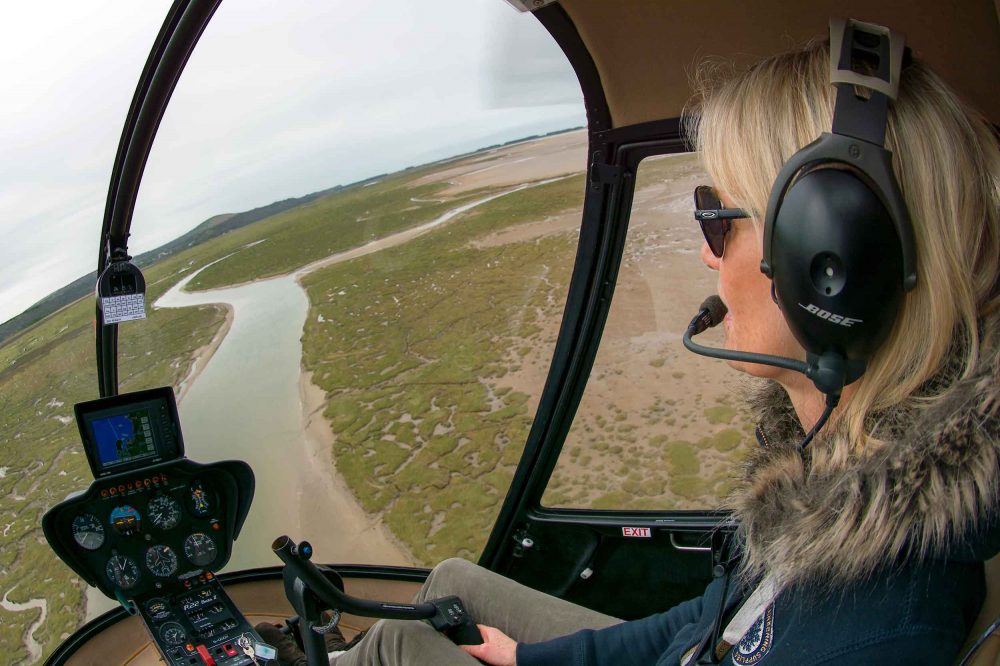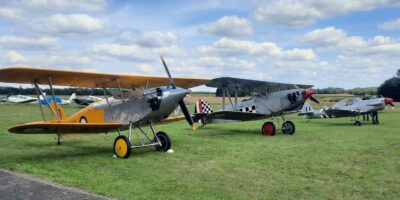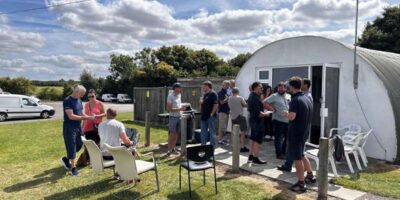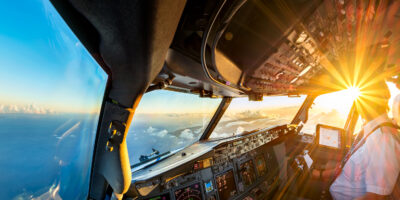Fuel surcharges
Because of the rise of fuel prices in the last few years, some flight schools are adding a separate fuel surcharge to their rates. This depends on the school and aircraft and is usually done per hour. Hoff Aviation, for example, currently has added a fuel supplement of £15 plus VAT to its hourly rate.
Since they depend on the fuel prices, fuel surcharges are subjected to change. Instead of adding a fuel surcharge, some flight schools have just increased their hourly rates to make the numbers work.
Don’t forget VAT!
Last, but certainly not least, make sure if the price you’re quoted is including or excluding VAT. Contrary to the fixed-wing world, where VAT is always included in the flight training prices, in the rotary world this isn’t the case.
That’s because most students learning to fly a helicopter do this for a career, instead of flying for fun. When it’s work-related, in some cases your company can claim back the VAT on your training expenses (do check with the HMRC first). When you’re flying for fun though, this unfortunately isn’t the case.
For private pilots, VAT not being included in the flight training prices means you’ll need to add on an extra 20%. If this is the case, it must be clearly indicated. There’ll either be the words ‘plus VAT’ right next to the price, or a line somewhere at the bottom of the page, stating that ‘All prices are subject to VAT’. In other words: your training will cost you 20% more than the numbers you see here. Or: getting your PPL(H) is actually a fifth more expensive than what it seems at first sight…
Long story short: When asking for the price of helicopter flight training, check exactly what is and what isn’t included in the hourly price you’re quoted. In the UK, rates for flight training are almost always so-called ‘wet rates’ (including fuel), but once you’ve got your PPL(H) and are renting a helicopter, don’t forget to check if the rental rate is indeed a wet one, and not a ‘dry rate’ (excluding fuel).
Ground exams
In order to obtain your PPL(H), you’ll need to pass nine theoretical exams (Air Law, Aircraft General Knowledge, Communications, Flight Performance and Planning, Human Performance, Meteorology, Navigation, Operational Procedures, and Principles of Flight) with at least a 75% pass mark. These are official CAA exams; however, this doesn’t mean each flight school charges the same.
AH Helicopter Services only charges the CAA fees of £11 per exam for those who learn to fly with them. They’re the exception though; at most flight schools, costs will be between £40 and £50 per exam. Some examples Heliflight UK and JK Helicopter Training both charge £30 plus VAT plus the CAA fees of £11 per exam, at EBG Helicopters it’s £50 plus VAT per exam.
Study materials
How much does it cost getting ready for these exams? That depends on how you learn the PPL theory – through self-study or groundschool. Self-studying at home is the cheapest option, especially if you learn from textbooks you’ve managed to buy second-hand or borrow from your flight school.
There’s also a lot of material available online to help you prepare for the exams, ranging from e-books to training software with question banks and mock exams. Some self-directed study courses charge a one-time fee, others work with monthly online subscriptions. Costs of getting exam-ready by yourself range from absolutely zero (if you can borrow all the material you need) to more than £400 for fancy distance learning packages.
Groundschool
Many flight schools offer in-person ground school tuition where you study in a classroom-like environment with an instructor. This is either included in the training or charged separately. Elstree Helicopters for example, offers a mentoring scheme and bi-weekly virtual evening ground school sessions, which are included in its training packages.
When charged separately, an hour of instruction is usually £45 to £60 plus VAT. Some examples: Arcus Helicopters offers tuition at £50 per hour plus VAT. Whizzard helicopters offers ground instruction for £55 an hour plus VAT, and at Tiger Helicopters it’s £60.
FRTOL
For a PPL(H) you’ll need a Flight Radio Telephony Operator’s Licence (FROTL) to show you know your way around radio communication. Prices of the FRTOL exam aren’t the same at every flight school. Usually though, it’s around £150-£200.
Some schools include exam preparation. Central Helicopters for example charges £225 plus VAT for the FROTL exam, including half a day of groundschool.
Make sure you apply for your FROTL at the same time as your PPL. If not, the CAA will charge you £79 for the initial issue of the FRTOL.
Skills test
The cost of the skills test is made up by the examiners fee and the helicopter hire. The examiners fee varies from CAA examiner to CAA examiner, but is usually somewhere in the range of £350. The helicopter hire depends on the hourly rental rate of your flying school and the time you need the helicopter for. Usually, the flying part of the skills test takes around two hours.
Medical examination
For a PPL(H), you’ll need a Class 2 Medical certificate issued by a CAA Aero Medical Examiner (AME). Each AME sets their own fee, so the cost of this depends on the doctor you choose. Usually, it’s between £150 and £250.
Licence application
The fee the CAA charges for the initial issue of a pilot licence is £202. Make sure you apply for your FRTOL at the same time as your PPL because in that case, the FRTOL application is free. If you don’t, CAA will charge another £79 for the initial issue of the FRTOL.
Equipment
What supplies do you need during your PPL(H) training? A logbook, headset, timepiece, iPad, helicopter knee pad, sunglasses, flight bag, high vis jacket, protractor, NM scale map ruler, Flight Computer (aka Whizz Wheel), an up-to-date quarter mil chart, some apps and pilot log pads. That’s about the basics for a private helicopter pilot.
How much does this equipment cost? That depends. You can buy a decent headset for £150, but you can also splurge and spend £1,500 – or even more – on a superb one. Same goes for the rest of the gear.
There are special helicopter pilot starter packs including all or most of the above-mentioned things. Sometimes, club membership will include a logbook, and if you book ground school, this usually includes all the materials you’ll need for navigation.
To save money on equipment, buy only the supplies that are necessary for your flight training and/or buy second hand. Some flight schools will let you borrow (part of) their equipment for the duration of your training.
Why is it so expensive?
Learning to fly a helicopter isn’t exactly a budget-friendly activity. Compared to fixed-wing aircraft, helicopters are more complex and thus more expensive to operate. That’s why, compared to a PPL(A), obtaining your PPL(H) can easily cost double the amount.
The high costs are one of the main reasons why there aren’t many private helicopter pilots. For most students, flying a helicopter will be a career, and the PPL(H) merely a stepping stone on the road to getting their CPL(H) or ATPL(H). (Hence why in the rotary world prices often are displayed excluding VAT).
Five to ten years ago, it was still possible to get your PPL for £20,000. Now, not so much (unless you’re a real quick learner).
Unfortunately, it’s likely training will only get more expensive in the future due to high inflation. Robert Cummings of Cutting Edge Helicopters in Northern Ireland, one of the few helicopter flight schools which already includes VAT in its prices as ‘it’s easier for the private customer’, says the cost-of-living crisis means its current prices will need to be reviewed and increased. “Fuel prices are significantly higher than they were a year ago, as are insurances, airport fees/charges, electricity/oil, staffing, etc., etc.”
In light of the fact that obtaining your PPL(H) is a significant financial investment, is it worth comparing the options at different flying schools to save money? Definitely! Before booking the entire course elsewhere though, add up all your expenses. The helicopter school at the other end of the country might be £50 cheaper per lesson, but is it still better value when you take all the travel time and petrol and/or accommodation costs into account?
Last, but not least, don’t let £50 difference in the grand total decide where you’re going. Instead, aim for the school that feels right for you and the instructor you’ve got a click with. More important than the price, is that you enjoy your flight training.


